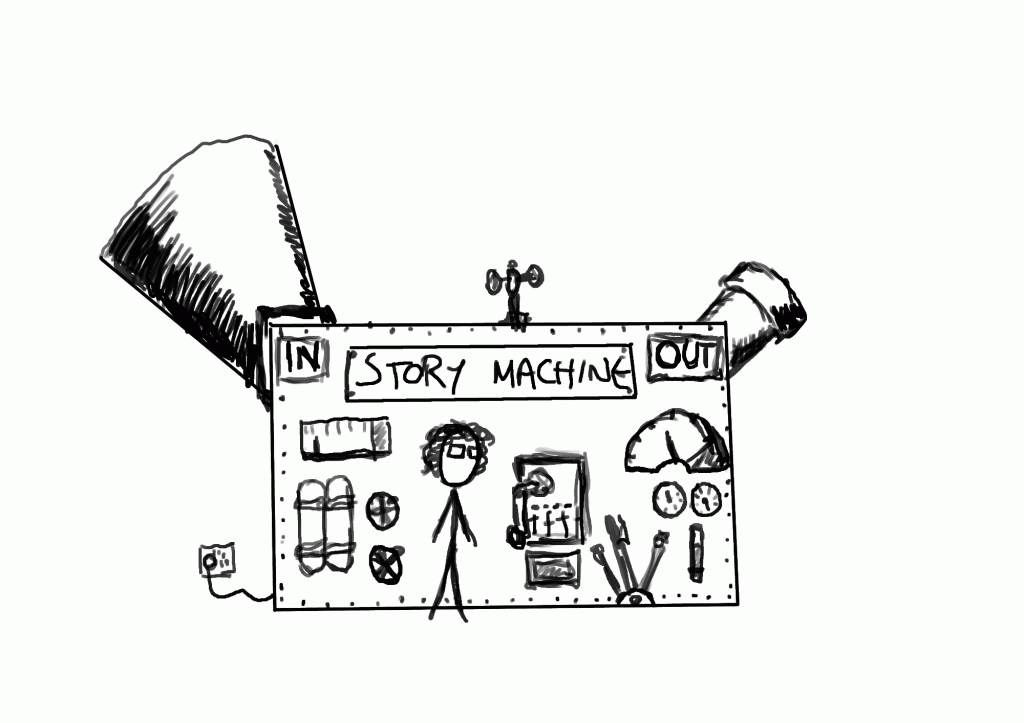I’ve been thinking even more than usual about unconventional storytelling in the aftermath of The Story, and ended up back on a question I last seriously thought about while I was at university.
It’s about poetry. Since I came to London I’ve rediscovered my ability to write creatively, and a couple of projects have taken off – I’ve got a poem in this month’s Rialto magazine, and a couple of weeks back I read a few pieces of writing at the launch of Whippersnapper Press, a small press devoted to getting more snappy, exciting work out to more people. It was fun.
The first piece I performed was arguably an act of data journalism. It was born out of an FOI request I put in to Norfolk Constabulary in late 2009 on the subject of big cat sightings – one that yielded some fantastic results in the form of the CAD logs written by operators during emergency and non-emergency calls. Each one of these is a story in and of itself – the two women who sparked a lion hunt at Cromer caravan park after seeing two stone lioness carvings; the South African man who was convinced he had just come face to face with a leopard; the 41 calls received by the police about a large black cat and cub near Kings Lynn in 2001. And the performance piece was an aggregation and curation of those stories.
That taps into a long history of observational poetry and literature, works that take official or historical documents, curating them and reshaping them into a newly readable and accessible (normally) work. I’ve seen examples of this including transcripts of court cases, lists of statistics, and inquiry evidence, juxtaposed and curated to introduce new meanings and ambiguities that are not necessarily evident in the original documents.
One example that has stuck with me for years – but that I’ve so far utterly failed to track down online – was a novel-length collection of real-life stories of work-related accidents, that led to health and safety laws being introduced. I read extracts in the context of a literature course, but it could just have easily been an introduction to the power of journalism, in collating and curating those reports and bringing them into the public eye. I came away with a much deeper understanding of the subject – something that for me is a major function of journalism.
And the cross-over goes the other way, too – something that’s perhaps too easy to forget when you’re concentrating on 15-word intros and the inverted pyramid. The Gravedigger column is not only a fine piece of journalism but an incredible literary work – fantastic writing can be found all over the world in disposable newsprint as well as on bookshelves.
But, given that poets have been turning journalism into poetry for at least a century now, can journalists do the same back and turn poetry into journalism?
With that in mind, this is an experiment.
Yasqot Yasqot
they kill a boy on Youtube and you watch because you barely believe
and facts are few and far between and it matters
that before you pass it on you verify
and they film from a balcony in Alexandria as he advances arms outstretched
on the stone-throwing police
he crumples
and they stop shouting yasqot yasqot
so you Google Asmaa because you don’t know how it started and you watch
the screen flicker and you’ve no way to know if the subtitles
tell her words right or if she’s still alive or where
but trust a pseudonymous someone not to mistranslate
and watch your friends retweet the news that the regime has fallen
again
even though it hasn’t
there are too many faces on the screen and in the end
you can only parse the numbers when they kneel to pray
or in HD for five minutes at a time before you’d have to pay
so you pick the numbers you believe from the nearest journalists
who aren’t being beaten arrested abused or killed
at the time
though they may be later
and there are at least 300 dead when you snatch your headphones
from the desk and load up al jazeera on livestation and listen
as the crowd roars
for fifteen minutes
and your goosebumps
are not enough tribute
and they stop shouting yasqot yasqot
